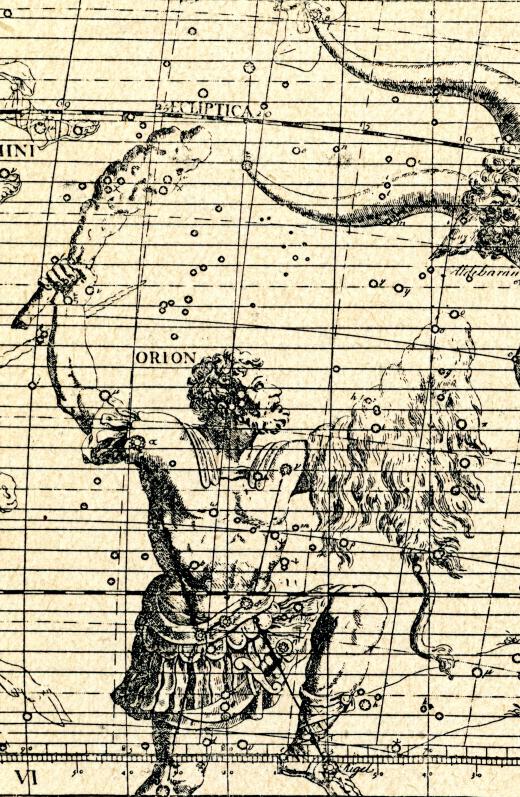What Is an Astronomy Map?
An astronomy map, also known as a star chart, is a map of a certain portion of the night sky or of a region of space while in outer space. It is generally used to identify the location of stars and constellations and is a very ancient practice dating back to prehistorical times. An astronomical calendar is often a key feature of creating an astronomy map, because most objects in space move with a predictable degree of precision relative to the Earth. Where an astronomy map is incorporated into a space probe, it is used to calculate the vicinity of planets and other objects in the Solar System so that their gravitational pull can be quantified. A space craft may be approaching such bodies for exploration or to increase its velocity en route to other locations.
One of the most common uses for an astronomy map throughout human history has been in navigation by ships on the sea. This is because ships far from land over the horizon have no fixed reference points to determine their direction. A detailed star chart can also include objects closer to Earth than stars or distant galaxies that move much more quickly across the sky, and can be more useful navigational aids, such as the planets Venus and Mars, or stellar objects that periodically approach the Earth such as asteroids and comets.

The practice of using astronomy equipment to create an astronomy map is known as celestial or stellar cartography, which literally means star mapping and can historically be traced back to Chinese astronomers such as Shi Shen and Wu Xian who lived in the third and fourth centuries BC. Western astronomers in Greece began creating their own version of such maps around 129 BC that were based on Babylonian designs. All of these early calculations were focused on the movement of the visible planets in the night sky relative to Earth, and featured prominently in the development of astrology. Astrology makes use of complicated astronomy map calculations for the position and movement of planets in our Solar System to predict their effect on the destiny and day-to-day lives of human beings.

Before the invention of the astronomical telescope, humanity made use of the visible stars and objects in the night sky to predict everything from personal fortunes to weather patterns. Prehistoric astronomy map drawings in the Lascaux cave in France are believed to represent the Pleiades star cluster and Summer Triangle constellations that date back to as far as 16,500 years ago. A small section of wooly mammoth tusk found in Germany in 1979 in the Ach Valley is also believed to contain a star map that resembles the constellation Orion, and dates back 32,500 years.
AS FEATURED ON:
AS FEATURED ON:















Discussion Comments
@Logicfest -- Humidity can be a problem, too. Here in the beautiful South, that thick humidity can really have an impact on how well you can see the night sky. A haze of sorts forms and blocks the dimmer stars from view.
The best times to observe the night sky is during the winter when temperatures are down and humidity is thin. If you can find a spot above the city lights, the view is even better. Humidity and light pollution have really ruined stargazing for a lot of people.
@Melonlity -- You can still find a good shot at the night sky even if you live in a place with a lot of light pollution. I live in a fairly densely populated area, but there are some mountains around here where people go to "get above the light" and observe the night sky without light interference.
If you haven't tried that, you really should. It is amazing how much of the night sky you can see when nothing gets in the way.
Sadly, because of light pollution, it is almost impossible to see a lot of stars in the night sky. Having a star chart would not help you a whole lot in that instance if you are trying to locate constellations and such.
Post your comments